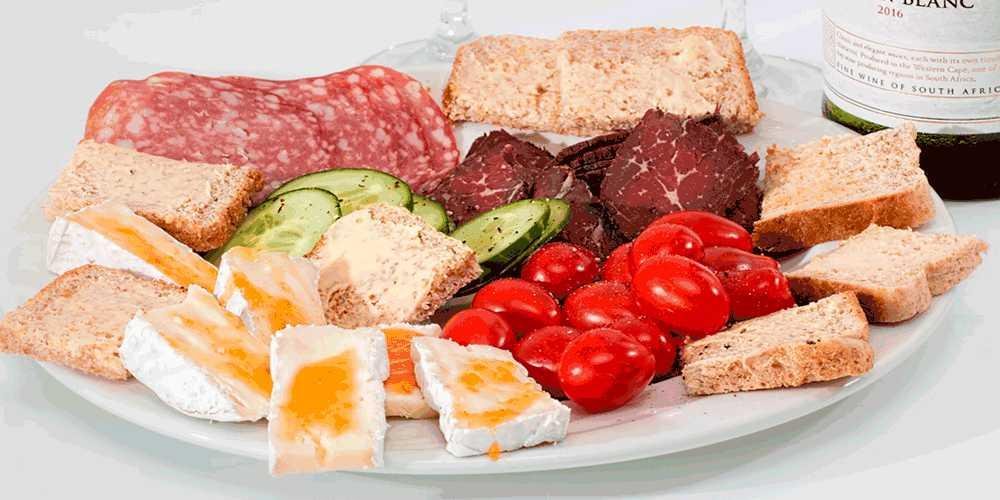
Creating a successful beverage isn’t as simple as mixing the ingredients in a blender. It’s about flavors that people can’t get enough of. In such competitive market, the key is to craft a drink that not only taste great but speaks to what consumers are craving. It’s all about understanding the right balance between what people want, what ingredients work best, and how those flavors come together.
Moreover, beverage manufacturers partner with a beverage formnulation company to get the job done. These experts bring a mix of science, consumer insights and market trends to the table. Together, they develop drinks that hit all the right notes.
So, how do manufactures come up with those winning flavors? Let’s break it down!
1. The Starting Point: Consumer Preferences
What makes a winning beverage flavor? It all begins with understanding what consumers want. Taste preferences can change based on age, culture, and trends. For example, younger consumers may gravitate toward bold, adventurous flavors, while others may prefer familiar tastes. The key is staying in tune with these preferences.
To create flavors that resonate, manufacturers often conduct surveys or focus groups to gather insights. This helps them understand:
- What flavors are trending (e.g., tropical fruits or herbal notes)?
- What flavors are people likely to reject?
- Are people more interested in health-focused beverages or indulgent treats?
By gathering this data, manufacturers can start designing beverages that fit market demands.
2. Ingredient Selection: The Foundation of Flavor
Once manufacturers know what consumers are looking for, the next step is ingredient selection. A beverage’s flavor depends heavily on its ingredients, whether they are natural or artificial. This is where the expertise of beverage development consultants comes into play.
Choosing the right combination of ingredients ensures the drink has the desired taste and consistency. Manufacturers often work with suppliers to source high-quality ingredients that match their formulation goals. For instance:
- Natural flavors like fruit extracts or herbs bring freshness to the drink.
- Sweeteners (sugar, honey, stevia, or artificial sweeteners) control the beverage’s sweetness.
- Acidulants like citric acid or malic acid balance sweetness with tartness.
Every ingredient plays a role in the overall flavor profile. A slight variation can change the beverage’s taste entirely, so precision is key.
3. Balancing Flavors: Sweet, Sour, Salty, and More
A good beverage isn’t just about a single flavor; it’s about balance. Just like with cooking, beverage manufacturers need to mix various tastes to create a harmonious drink. They may play with sweet, sour, bitter, and salty elements, ensuring they don’t overpower each other.
For example, a fruit-flavored soda needs the right amount of sweetness, but also a touch of tartness from lemon or lime to keep it refreshing. Too much sweetness can make it cloying, while too little might leave it bland. Here’s where experience and testing come in.
Using a beverage formulation company helps in perfecting this balance. These companies have the tools and knowledge to tweak the formula until the desired flavor profile is achieved.
4. The Role of Texture and Mouthfeel
Taste isn’t just about what we experience on our tongues; it’s also about how the beverage feels when we drink it. Is it smooth and creamy? Is it bubbly and light? These factors, known as “mouthfeel,” are crucial for the overall experience.
For example, think about sparkling water versus a rich milkshake. One is light and refreshing, while the other is dense and indulgent. Beverage manufacturers take mouthfeel into account when creating new formulas. This might mean adding:
- Thickeners for a creamy texture (like guar gum or xanthan gum)
- Carbonation for effervescence
- Emulsifiers to help ingredients blend smoothly
The goal is to ensure the beverage’s texture enhances the flavor rather than distracting from it.
5. Testing and Refining: Perfecting the Formula
Once the initial formula is crafted, manufacturers need to test it. This is an ongoing process where the product is fine-tuned through multiple rounds of trial and error. During these tests, they look at factors like:
- Taste tests to gauge consumer preferences
- Shelf life to ensure the flavor stays fresh over time
- Stability to prevent the ingredients from separating
Beverage development consultants play a critical role here, offering guidance on refining the formula for maximum appeal. They help assess the drink’s performance in the real world, making adjustments to enhance both flavor and functionality.
6. Keeping Up with Trends: The Secret Ingredient
In the fast-paced world of beverage production, staying ahead of trends is essential. What’s popular today may not be as appealing tomorrow. Manufacturers must keep a close eye on emerging trends, whether it’s in flavor, health benefits, or even packaging.
Consumers today are leaning more toward beverages that offer additional benefits like:
- Functional ingredients (e.g., probiotics, vitamins)
- Clean-label products (minimal, recognizable ingredients)
- Plant-based drinks (e.g., oat milk, coconut water)
By keeping these trends in mind, manufacturers can adapt their flavors to match the changing tastes of their audience. This keeps the product fresh and appealing, driving both sales and consumer loyalty.
Conclusion
Creating a winning beverage flavor involves more than just picking out ingredients; it’s about crafting an experience. From understanding consumer preferences and selecting the right ingredients to perfecting the balance of flavors and texture, it’s a meticulous process. Beverage manufacturers rely on a beverage formulation company and beverage development consultants to navigate these complexities and create drinks that stand out in the market.
In the end, it’s all about hitting the sweet spot—a flavor that excites, satisfies, and keeps people coming back for more.







